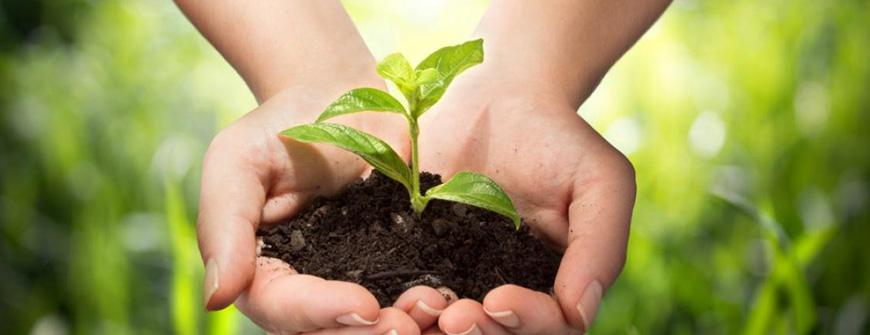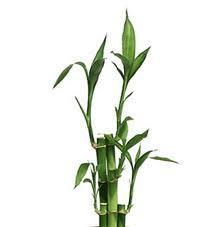
This is to assist our customers with caring for the various cut flowers and potted plants that we sell here at St Anne’s Florist and Gift Baskets Perth.
Phalaenopsis Care
Phalaenopsis Orchids require little care under the right circumstances; in nature temperatures between 20 to 30 degrees Celsius are optimum temperatures but these plants will grow very well at more human temperatures around 15 to 30 degrees Celsius.
When temperatures do drop below 18 degrees Celsius it is best to reduce the watering. Phalaenopsis Orchids are mostly best kept in a well lit area in indirect sun light and in a southern facing window. They enjoy a humidity level of around 60-70%.
Orchids should also be kept well clear for heating or cooling vents and high air flow areas. Requiring only small amounts of water regularly it is okay for the roots to climb out of the pots. The leaves of the orchids hang to ensure water run off allowing for good drainage and thus preventing disease. These succulent like leaves hold moister so it can withstand dry periods.
Potting mix should be very porous and should only be watered when soil has dried through. Fertilizer can be applied ¼ diluted strength every 3rd or 4th watering and flower stems should be (cut) removed after flowering from near the base of the plant, although some people like to cut them just above the highest node which may produce another flower or rarely a keiki (a baby orchid plant which can be planted).
Phalaenopsis Orchids will flower again like most other orchids after it experiences its next cool climate cycle i.e. winter. If the plant is not performing use the information above and put yourself in the plants position. By doing this you will more then likely ascertain the problem.
Cymbidium Orchid Care
Cymbidium orchids are hardy plants and are easy to grow, they are a great gift to send to some one as they flower spikes last for a long time and with the correct care will flower again next season. Cymbidium orchids like similar conditions to humans, temperatures in the 20’s (degree’s) humidity of about 50% and shade in the summer.
Most amateurs can grow orchids well but have difficulty in flowering them. This usually can be overcome by finding a position where the plant receives more light. A healthy well grown cymbidium orchid that is cared for correctly will produce flowers every year and a mature plant can produce from 10 to 20 flower spikes.
Best Position To Grow Your Cymbidium Orchid
Cymbidium orchids will be tolerant of full sun year round however will prefer a protected position away from the direct hot sun of summer. During the hot summer months especially here in Perth it is recommended to find a position where they will receive 50% sunlight. This can be found under a gum tree and similar trees with not too thick a canopy, under the eaves of your house though remembering to keep water topped up as they wont be receiving any water apart from you, under a pergola is great especially if it has 50% shade cloth cover.
It should be noted that too little sunlight on your cymbidium will result in a decrease in flowers being produced by the plant.
It is best to grow your cymbidium orchid off the ground, allowing airflow into the root ball and this also helps keep slugs, slaters and snails down.
Watering of your Cymbidium Orchid
Cymbidium orchids require watering all year round however this will vary according to the positioning of your orchid, the potting mix used, the temperature and winds, atmospheric conditions to mention a few factors. Plants that are left to dry out for extended periods will survive however flowering the following flowering season will be negatively affected.
In winter, once or twice a week should be sufficient, while in summer 3 or 4 times per week is recommended whilst at the height of summer daily or even twice daily watering may be required (preferably at night to help reduce the temperature). This drop in temperature assists in the production of flower spikes.
Thoroughly saturate the potting mix when watering, stopping when water comes out of the bottom of the pot.
We find submerging the pot in a bucket of water for a few hours really beneficial in soaking the potting medium, while also not wasting water.
Let the potting mix be the gauge as to whether more or less watering is required, if the top is moist or the pot cold watering probably isn’t required.
Fertilizing/ Feeding your Cymbidium Orchid
Like all plants, cymbidiums require regular feeding to help produce vibrant healthy plants with good flower production.
A slow release fertilizer throughout the year will help the plant, products such as Osmocote Plus are recommended.
Some half strength liquid fertilizer such as Thrive, Aquasol and the like a few times over the warmer summer months (from say September to May).
Don’t over do a high nitrogen content all purpose fertilizer as this will promote leaf growth whilst taking away from the flower spike production.
Re-Potting your Cymbidium Orchid
Healthy plants should grow 1 to 2 new bulbs every year off the previous year’s bulb growth. The pine barks often used in orchid potting mix breaks down over time, so re-potting is required every 2-4 years (depending on the size of plant, number of new bulbs and condition of potting mix).
When the plants get too large, with a number of bulbs dividing the plants may be necessary. When dividing, try and make every new plant contain 3 green bulbs. The old bulbs without leaves can be potted individually, and will normally produce a new shoot which will grow to a flowering plant.
Choose a plastic pot that doesn’t give the newly re-potted plant too much room, enough room only for say 2- 3 years growth. Weathered pine bark is a great medium to plant your orchids in, they should be 10-15mm in size. You should never plant Cymbidiums into sand as this will destroy its roots.
The best time to divide plants is after flowering and in spring.
Diseases affecting your Cymbidium Orchid
The main disease and pest issue problem is fungal infection. This can be non existent if good air movement in the growing area is encouraged and the plants are not kept in a dark excessively wet area. Should fungal issues occur it may be prudent to minimize watering over a few week period, elevate the plant so it receives good airflow and treat with a sulphur or similar powder.
Cymbidiums Orchids are a great looking, long lasting plant that if kept correctly will continue to produce over a long period of time. Its for this reason that its such a great plant to send to someone instead of cut flowers.

Lucky bamboo ( Dracaena sanderiana)
is happy to grow without soil in a few inches of water. It prefers moderate or indirect light; avoid direct sun which will scorch the leaves.
Temperatures should be between 65–95° F. Fresh, clean water is essential to maintain the plants and the roots should always be wet or moist. Replenish the vase with fresh water every 7–10 days. Feeding every 3–4 weeks with liquid Green Green fertilizer is sufficient
Watering Lucky Bamboo
Tap water is sufficient if chlorine levels are low. It is best if you leave a pitcher of tap water sitting out overnight to let the chlorine evaporate before watering your lucky bamboo plant the next day.
Unfortunately, fluoride does not evaporate and it is toxic to Dracaena plants. If fluoride levels are high in your tap water, it is recommended that you use a non-fluoridated water source such as bottled water.
You can order Lucky Bamboo online at www.stannesflorist.com.au, call us on 08 9388 8844 or come into our Perth Florist shop at 111 Newcastle Street, Perth WA 6000







































